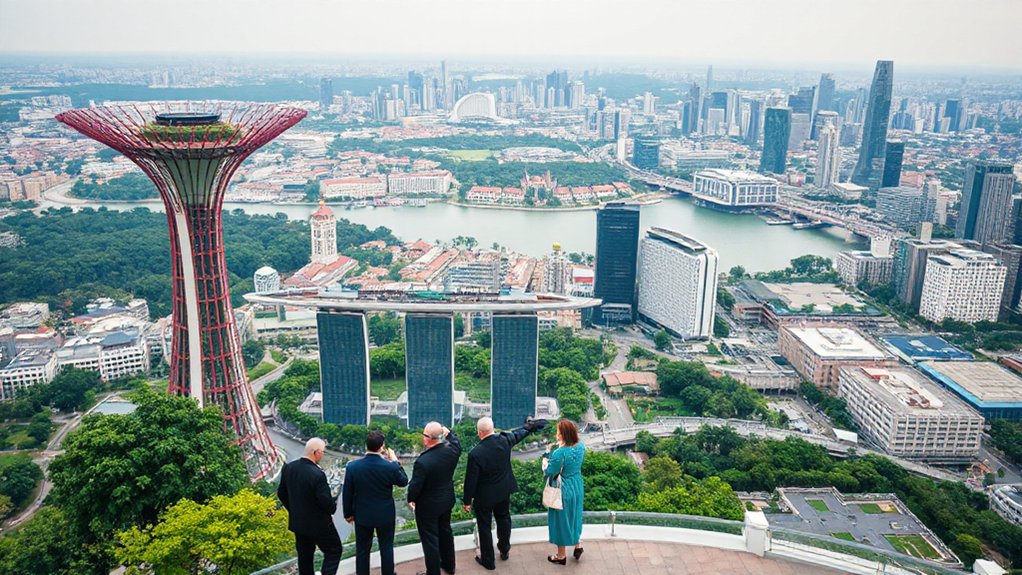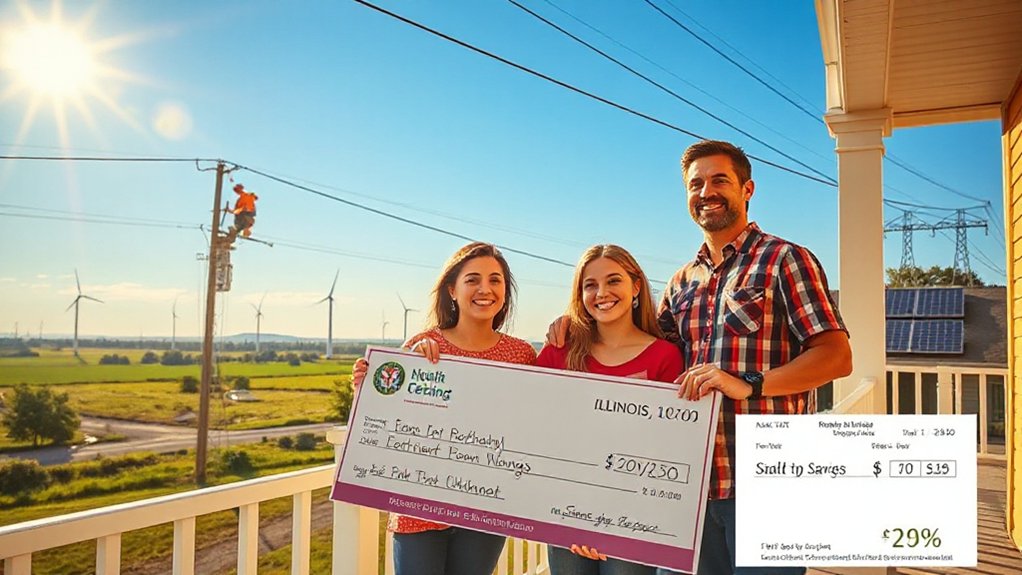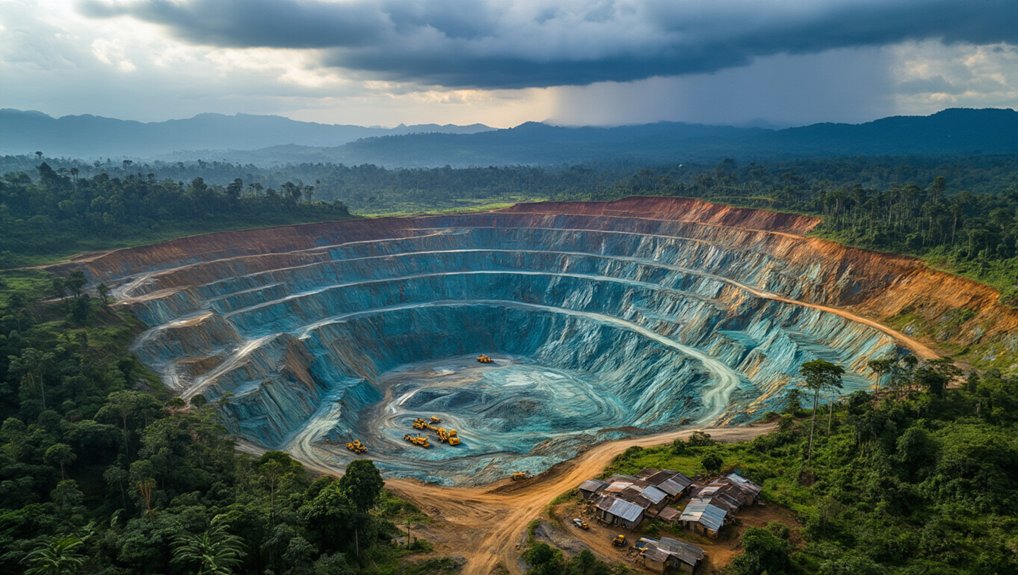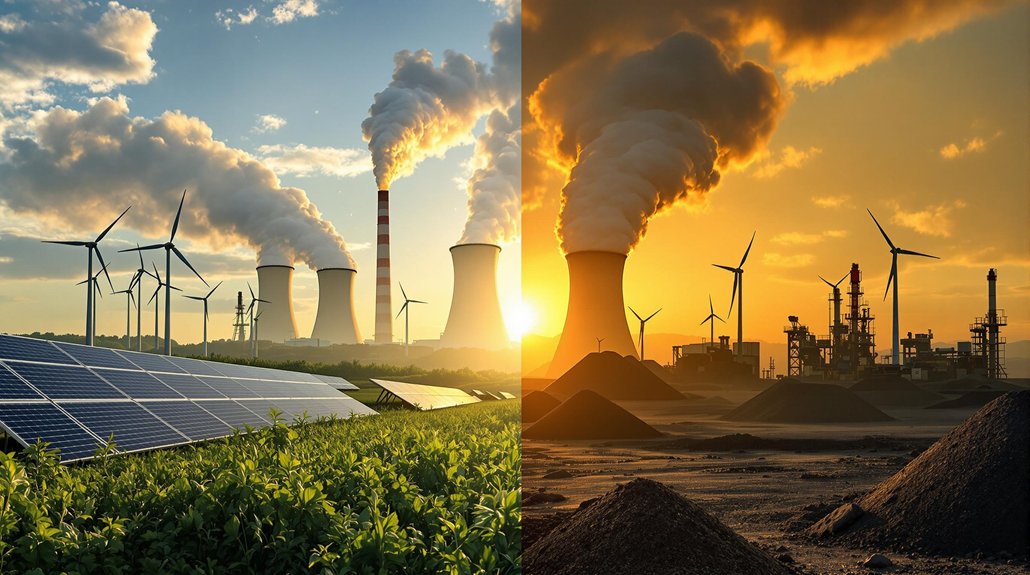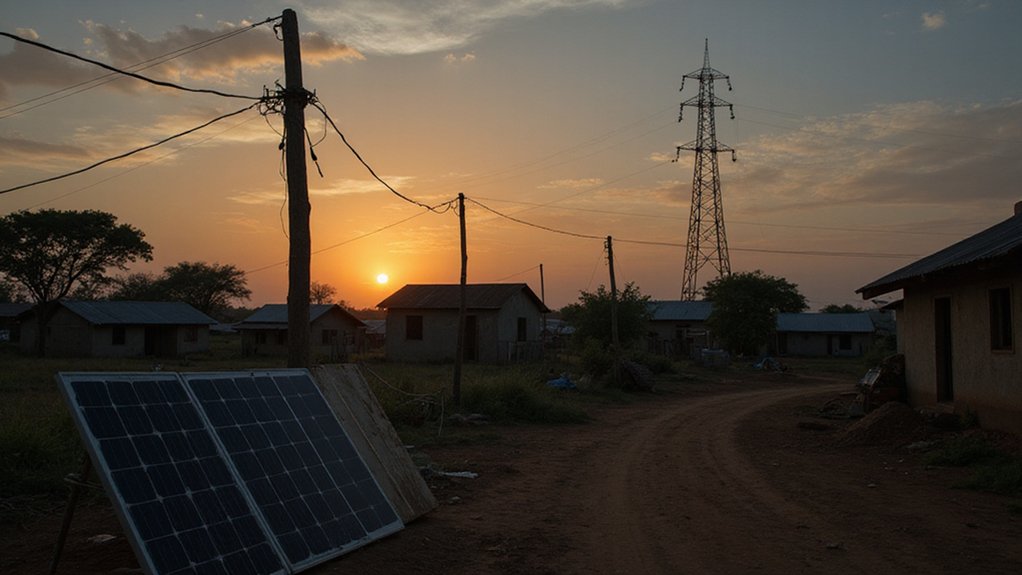While most nations debate climate action, Singapore quietly engineers a green revolution that’s transforming the island nation into an environmental powerhouse. The tiny city-state isn’t just talking about sustainability—it’s actually doing something about it. Quadrupling solar deployment by 2025? Check. Floating solar farms that don’t waste precious land? Done. Other countries are still arguing about whether climate change exists while Singapore builds entire eco-towns.
Singapore proves sustainability isn’t about talk—it’s about building floating solar farms while others debate if climate change exists.
The Singapore Green Plan 2030 isn’t some vague promise to “do better someday.” It’s a concrete roadmap with real targets: 30% less landfill waste, 80% of buildings going green, net zero emissions by 2050. Politicians everywhere make empty environmental promises. Singapore’s leaders actually follow through. Imagine that.
Their neighbors are taking notice. When you share borders with countries still figuring out reliable electricity, Singapore’s AI-powered smart grids and virtual power plant sandboxes seem like science fiction. ASEAN nations can’t ignore the embarrassing contrast. Singapore’s leadership in the ASEAN Smart Cities Network is fundamentally saying, “Keep up or get left behind.” The implementation of energy storage systems has further enhanced the sustainability of Singapore’s renewable energy infrastructure. The ambitious plan is structured around 5 key pillars that address every aspect of sustainable development.
Tengah Forest Town showcases what’s possible—a fully sustainable community with centralized waste collection, solar infrastructure everywhere, and electric vehicle charging stations. It’s like Singapore built the future while everyone else was still fixing potholes.
The circular economy approach is forcing regional rethinking too. When Singapore makes manufacturers responsible for their e-waste and packaging, other countries look pretty backward still dumping everything into landfills. Their waste-to-energy plants convert garbage to electricity. Meanwhile, some neighbors still burn trash in open pits.
Singapore’s green revolution isn’t just environmental leadership—it’s economic strategy. They’ve positioned themselves as the sustainability hub of Southeast Asia. As renewable energy costs decrease dramatically, the economic argument for clean energy becomes even more compelling for neighboring nations. Other ASEAN nations have two choices: adapt or become increasingly irrelevant. Looks like following suit isn’t optional anymore.
References
- https://timesofsingapore.com/singapores-green-energy-initiatives-in-2025-powering-a-sustainable-future/
- https://www.greenplan.gov.sg
- https://powerline.net.in/2025/10/28/singapore-launches-future-grid-initiatives-to-enhance-electricity-system-reliability/
- https://www.khuranaandkhurana.com/2025/04/22/the-green-revolution-in-asean-sustainability-trends-and-innovations/
- https://aesthetichavens.com.sg/blog/singapores-green-revolution-2025-the-ultimate-guide-to-sustainable-homes-future-ready-buildings/
- https://carbonwire.org/carbon-initiatives/food-resilience-in-action-southeast-asias-blueprint-for-a-sustainable-tomorrow/
- https://initiatives.weforum.org/reskilling-revolution/singapore
